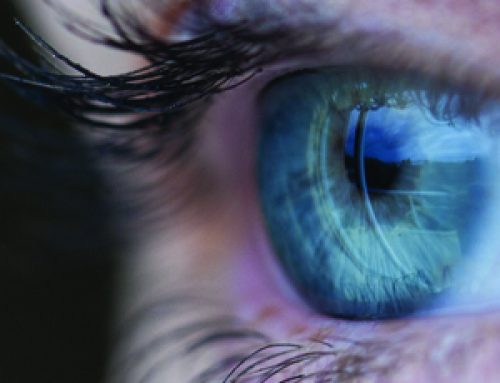Treating Cellulite
 Cellulite is defined as deposits of fat that create a dimpled, orange-peel appearance of the skin. According to Dr. Sharon McQuillan in a webinar prepared for the American Academy of Anti-Aging Medicine, losing weight does not reduce cellulite, but changes in hormone balance, diet, and lifestyle may help to do so.
Cellulite is defined as deposits of fat that create a dimpled, orange-peel appearance of the skin. According to Dr. Sharon McQuillan in a webinar prepared for the American Academy of Anti-Aging Medicine, losing weight does not reduce cellulite, but changes in hormone balance, diet, and lifestyle may help to do so.
Approximately 85% of women have some cellulite on their hips, thighs and buttocks. Men do not get cellulite. This gender difference is not simply due to hormones, but also is a result of differences in the structure of the skin and fat cells themselves. Fat cells under the skin are separated by a fibrous tissue called septa. In women, the fat cells and septa are lined up perpendicular to the skin surface. As fat accumulates and the septa become more rigid, the fat bulges around the septa and creates the rippling effect. In men, the septa are in a criss-cross pattern that prevents the bulging effect on the skin surface. Fat cells also tend to be larger in women, further contributing to the bumpy appearance of cellulite.
Women who are insulin-resistant, estrogen-dominant, and eat a high-glycemic diet are prone to cellulite formation. Dr. McQuillan states that hormone balance—especially with regard to insulin, estrogen, and prolactin—may help in preventing or treating cellulite. Hormones such as TSH, adrenaline, ACTH, thyroid, glucagon, progesterone, and glucocorticoids help diminish the tendency to form cellulite. In addition to high-glycemic diets, other dietary factors such as protein intake, lack of fiber, and lack of sufficient vitamins and minerals also contribute to the formation of cellulite.
Cellulite is more than a cosmetic issue; it is an inflammatory condition. Because cellulite prevents blood flow to the subcutaneous and deep dermis layer of the skin, areas with cellulite can become sensitive or painful, and even lead to restless leg syndrome.
Treating Cellulite
In The Cellulite Solution, Dr. Howard Murad offers nine strategies for reducing cellulite:
- Prevent damage to the skin from free radicals. Free radicals can damage the skin and make it more susceptible to cellulite. Raw fruits and vegetables are the best source of antioxidants.
- Strengthen blood flow. Damage to capillaries is an early component of the development of cellulite. Spider veins are also caused by capillary damage, and often associated with cellulite.
- Improve the production of connective tissue. Connective tissue includes blood vessels, nerves, tendons, ligaments, and dermis (a layer of the skin). Adequate glucosamine is needed to repair connective tissue.
- Improve collagen and elastin production. These proteins provide support for the connective tissue. Adequate intake and digestion of protein is needed for the body to make these particular proteins. Supplements of amino acids, which are the building blocks of protein, may help.
- Attract water to cells. As we age, water that should be inside of cells increasingly tends to seep out and wander between cells and connective tissue. This “wasted water” becomes part of the bloated cellulite fat cells. Essential fatty acids, especially the omega-3 fatty acids found in fish oils, assist in repairing cell walls and help hold water within the cells and connective tissue.
- Reduce wasted water. As cells and tissues are repaired, there is less water leaving the cells.
- Repair cell membranes. Supplementing with lecithin or eggs can also help to rebuild cell membranes.
- Reduce inflammation. The omega-3 fatty acids also reduce inflammation.
- Promote exfoliation. When old dry skins cells are sloughed off efficiently, new cells now become visible. Washing skin with fruit acids (such as malic acid from apples, glycolic acids from sugarcane, and salicylic acid) helps loosen the old skin cells. Dry skin brushing is another method for removing old cells.
Folk remedies include recommendations such as applying apple cider vinegar (a fruit acid), moisturizing with coconut oil (to hydrate the skin), and scrubbing the skin with coffee grounds (to exfoliate).
While many people disregard cellulite as an important health issue, it can be considered a sign of more serious underlying health problems. Drs. Murad and McQuillan concur that addressing issues affecting the skin and fat cells benefit total health.




